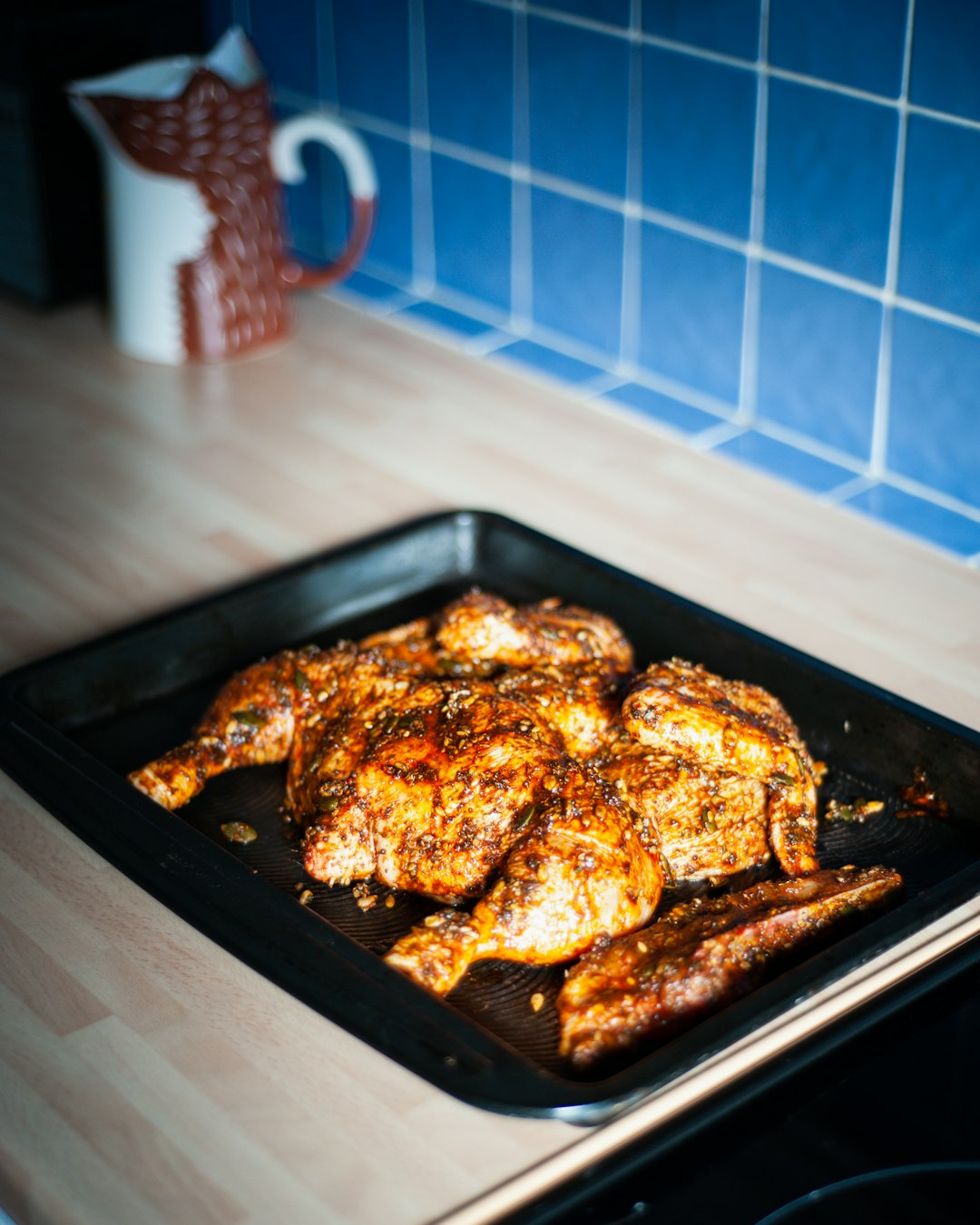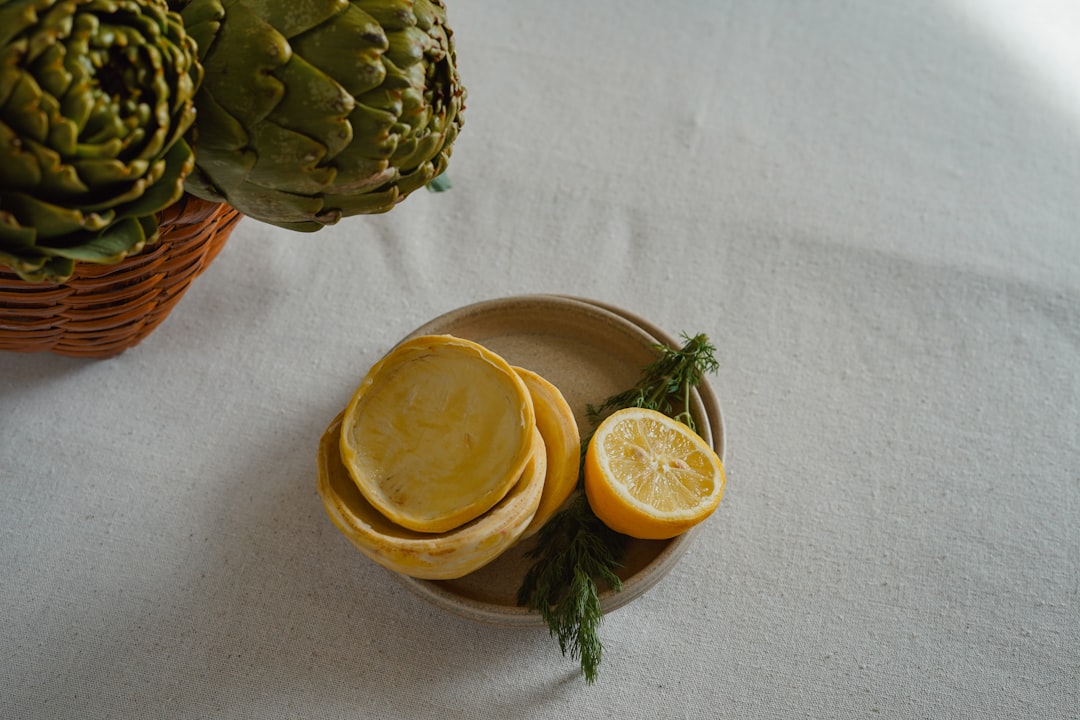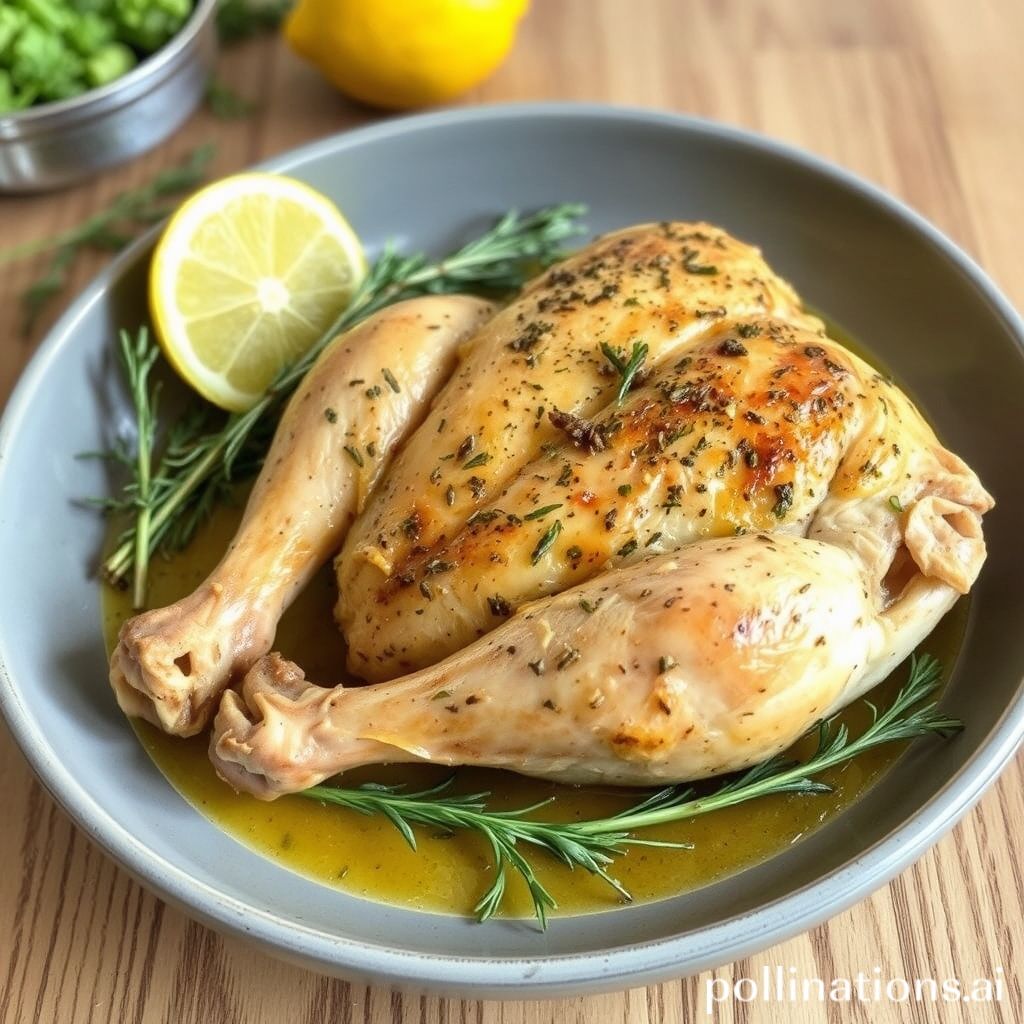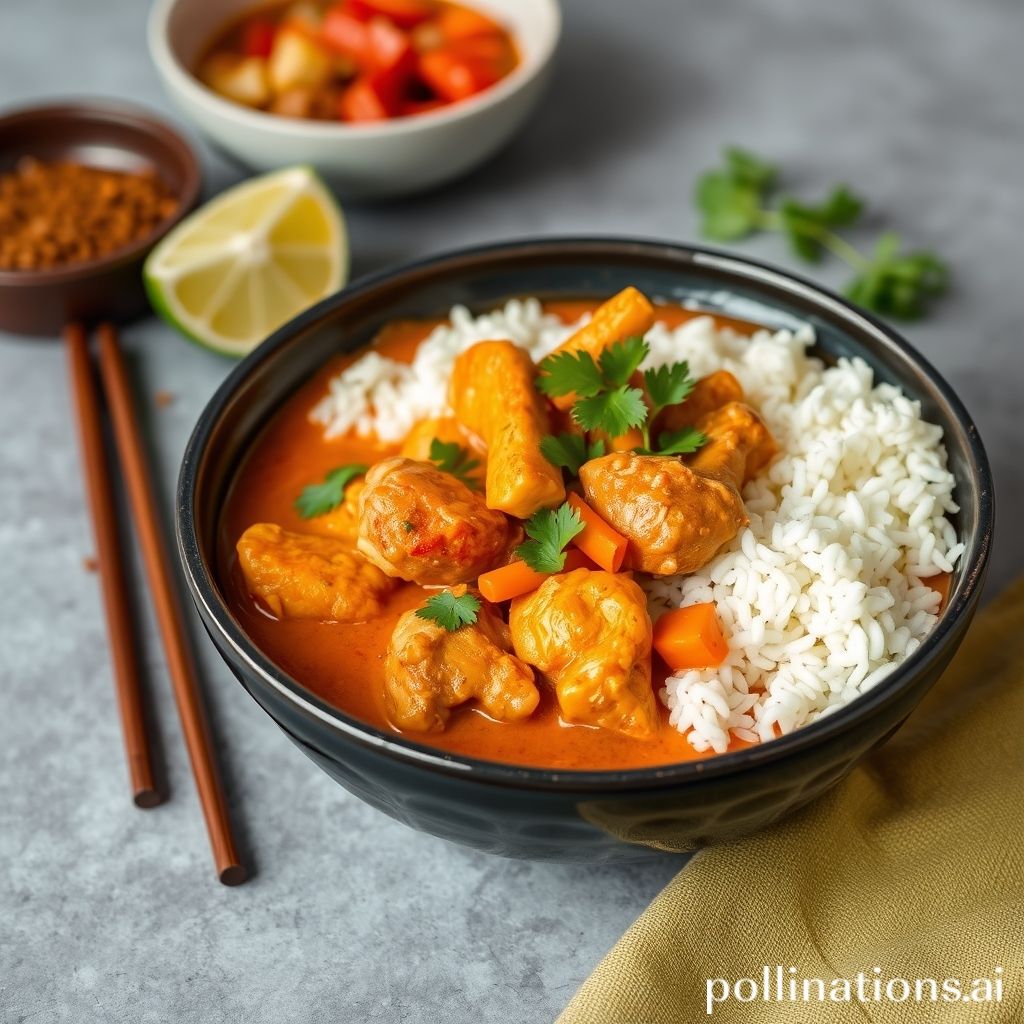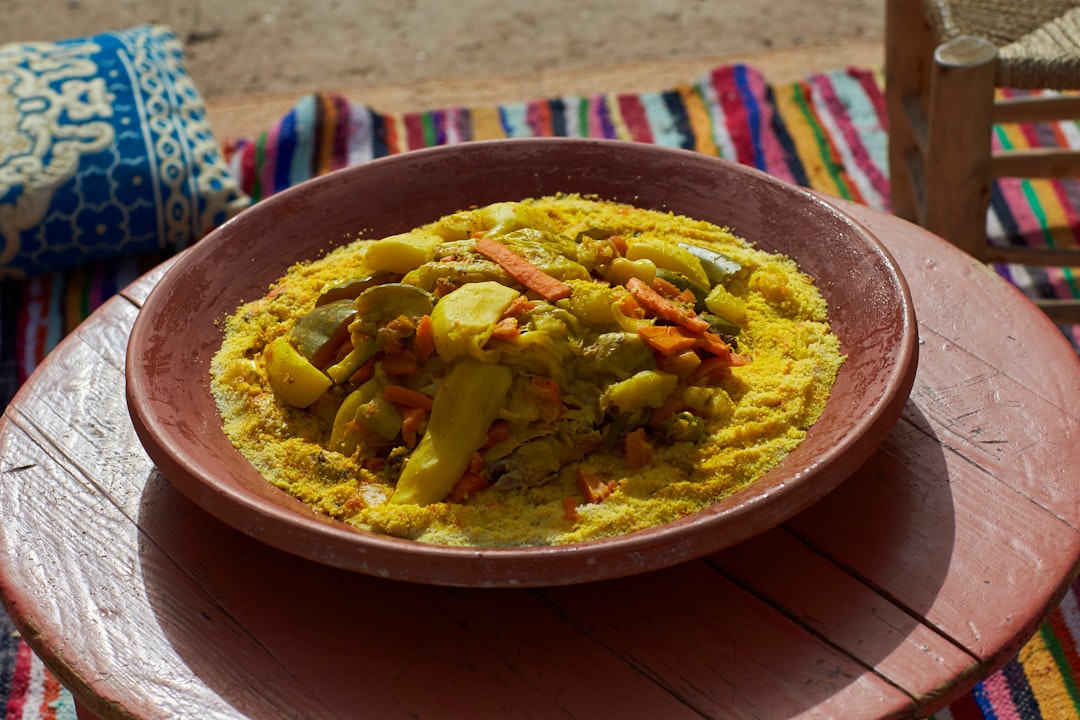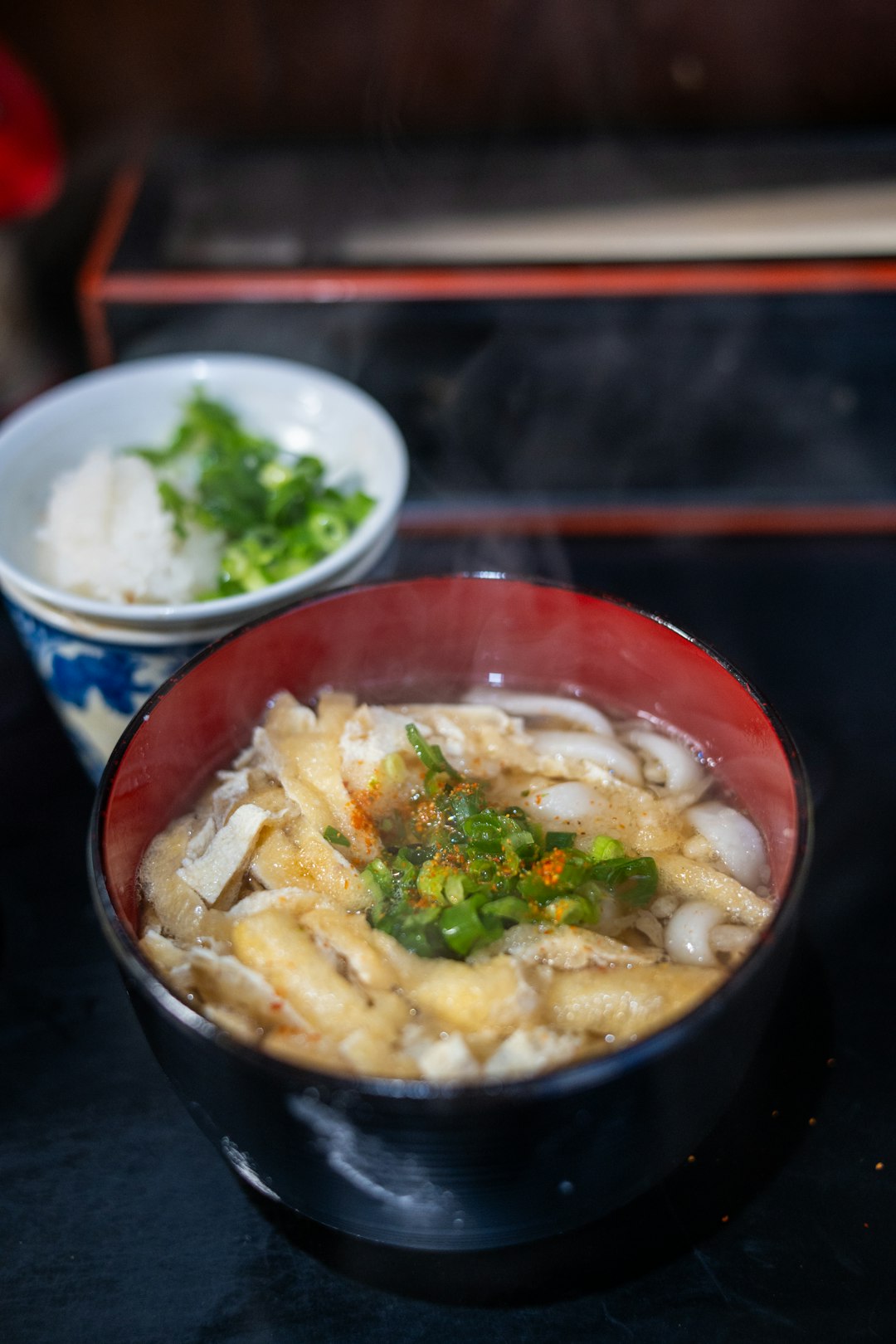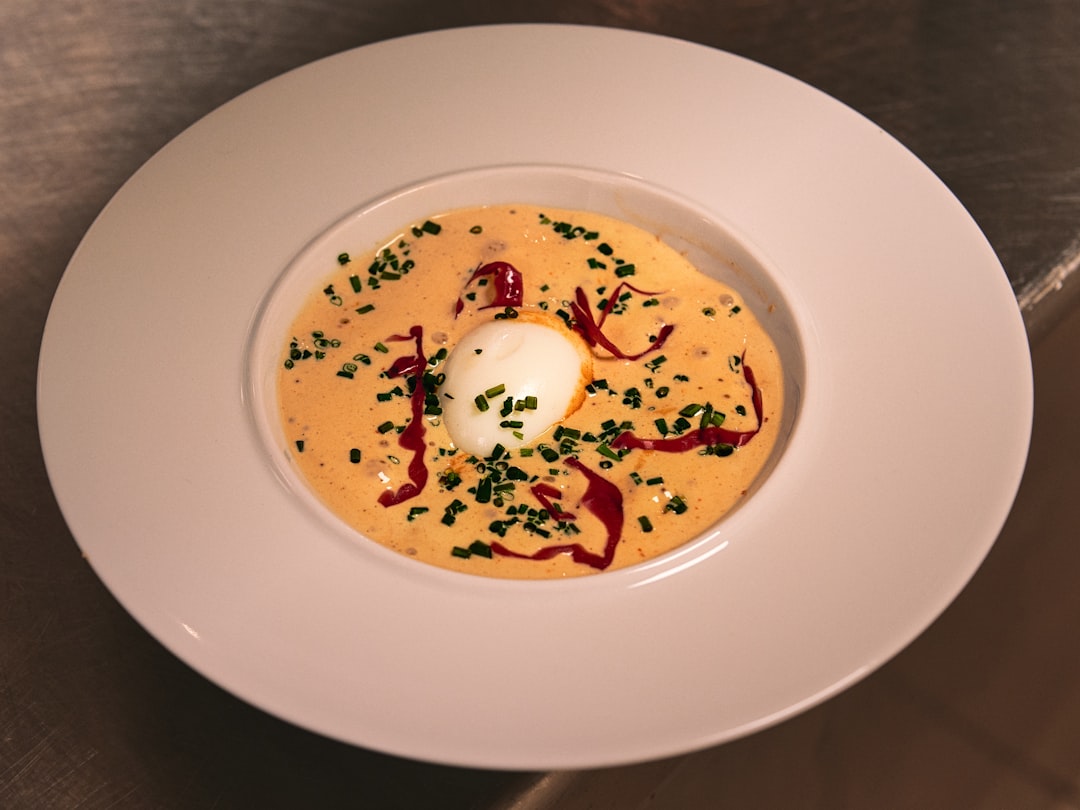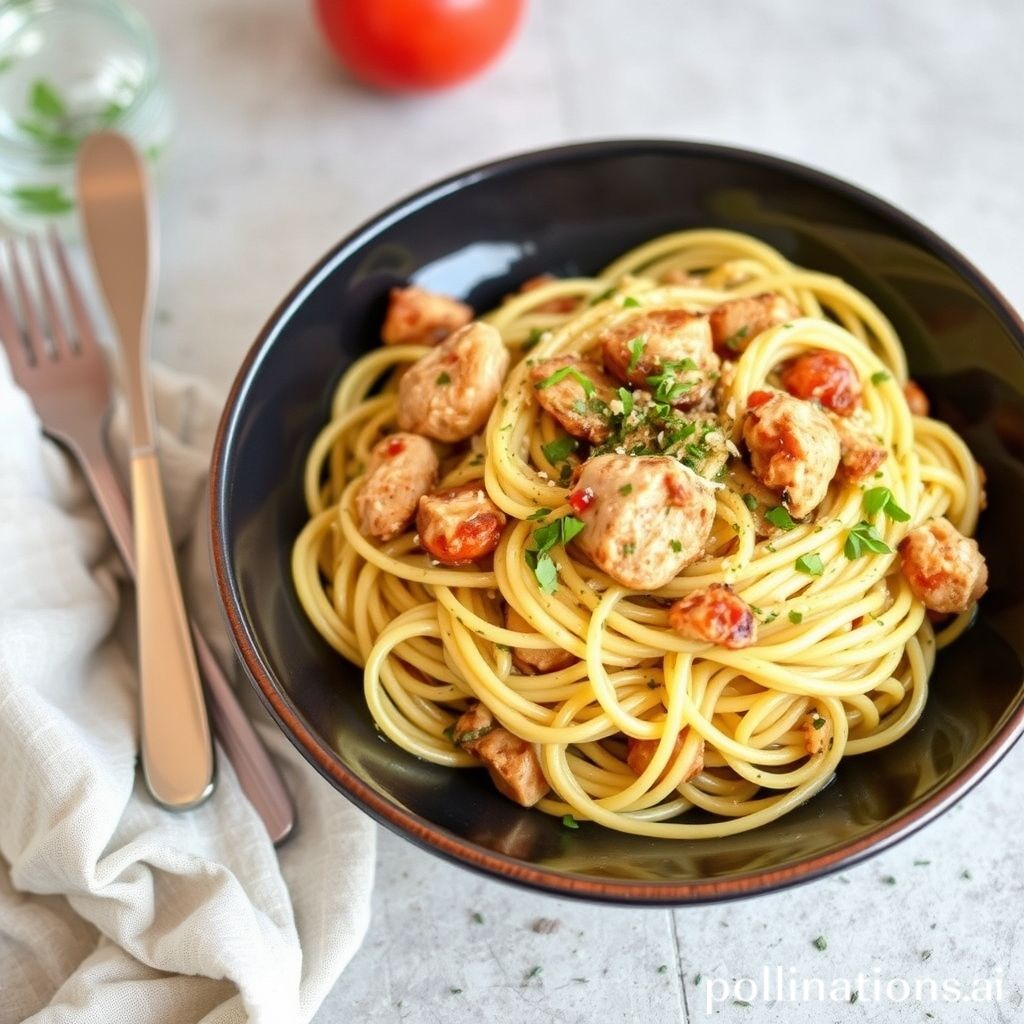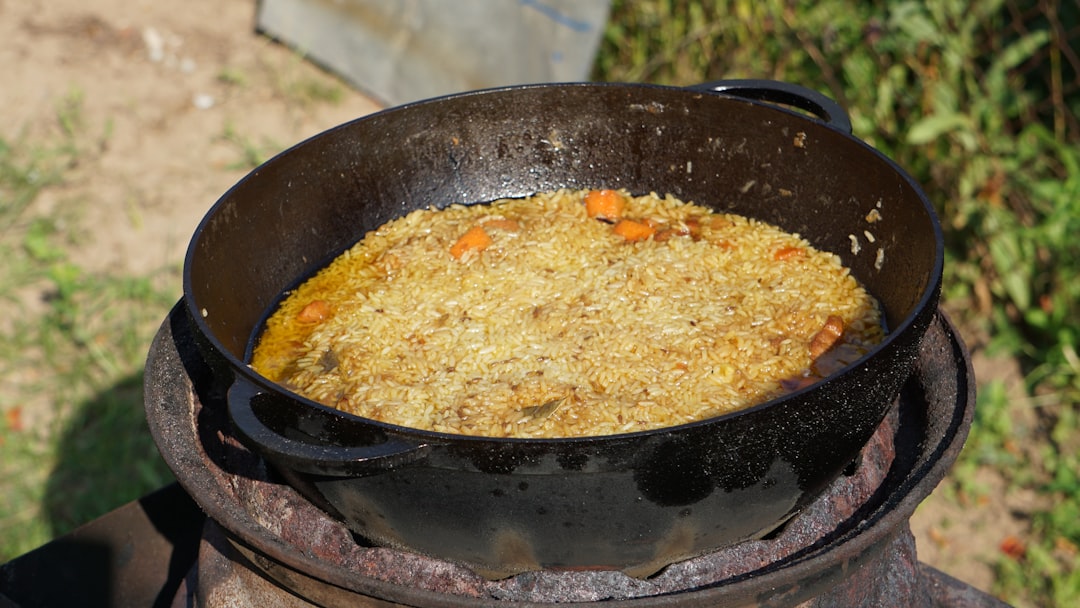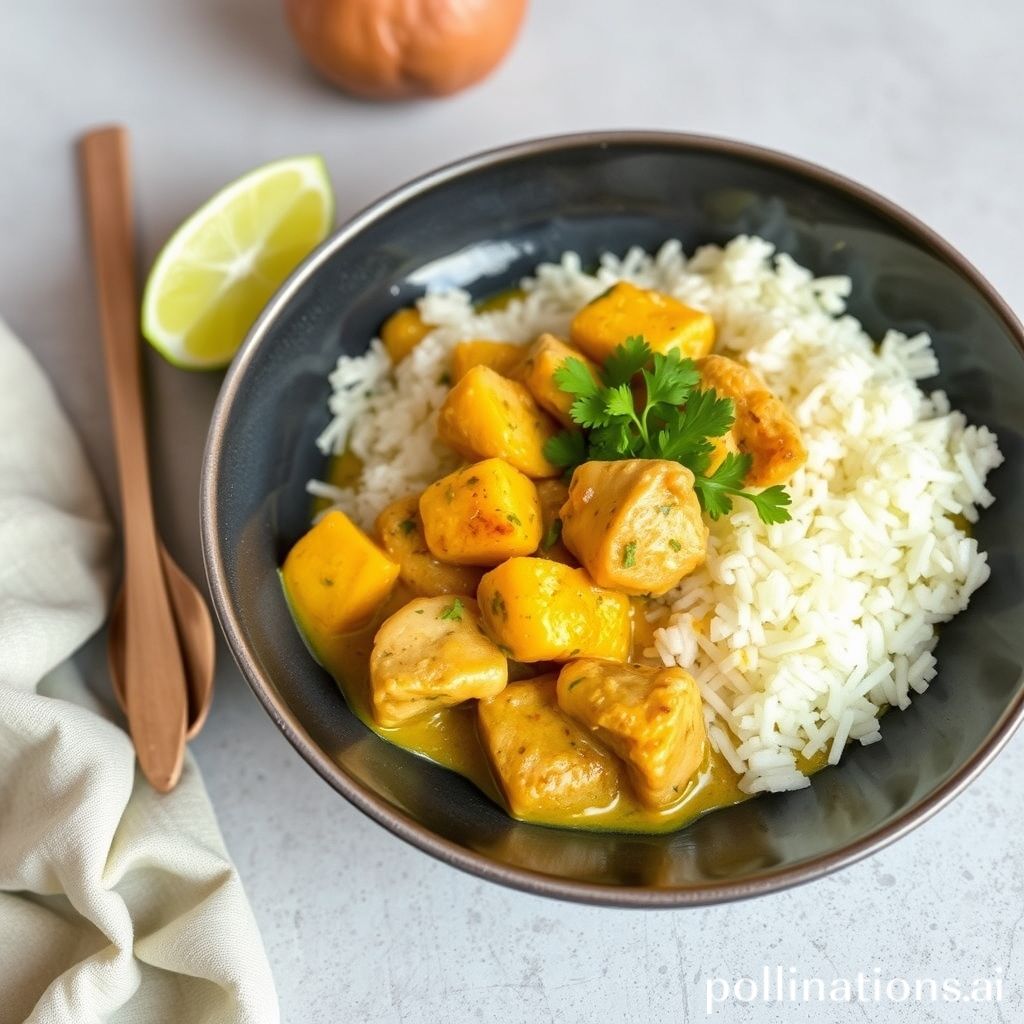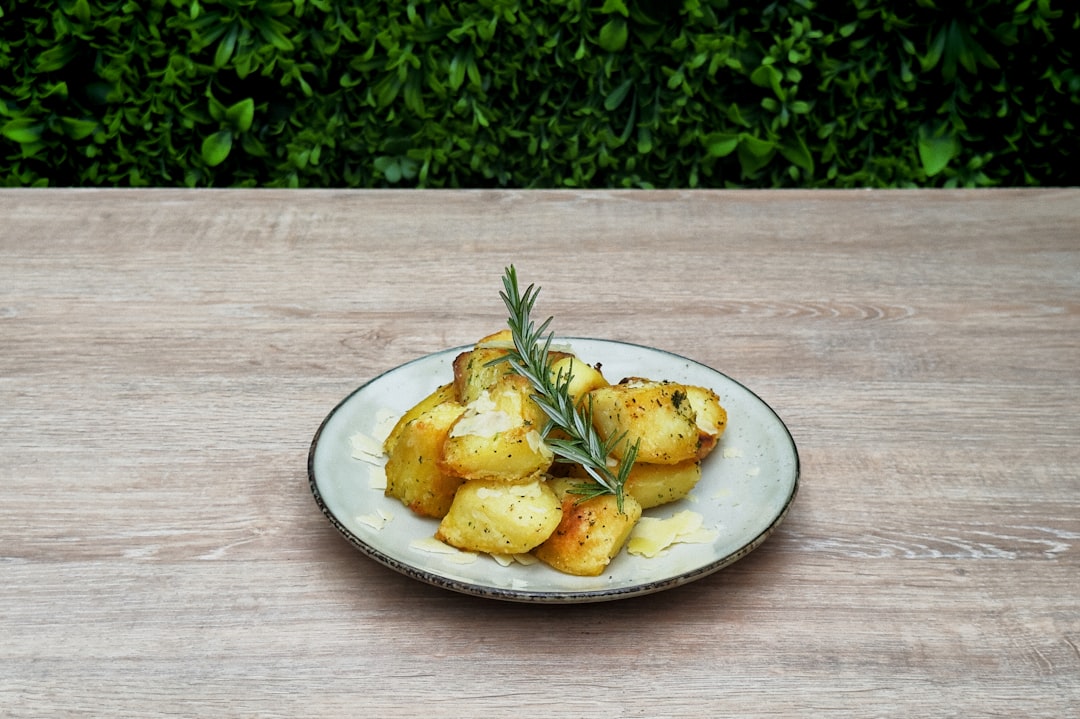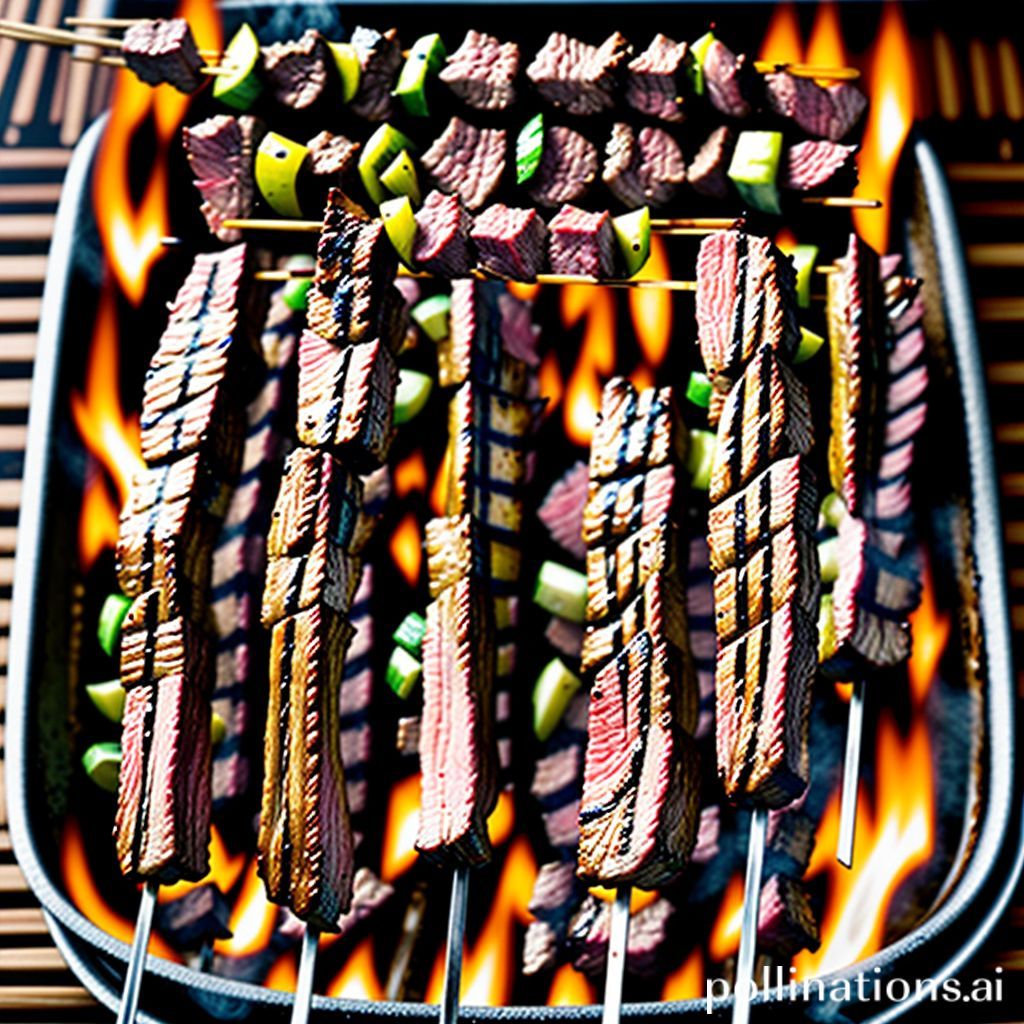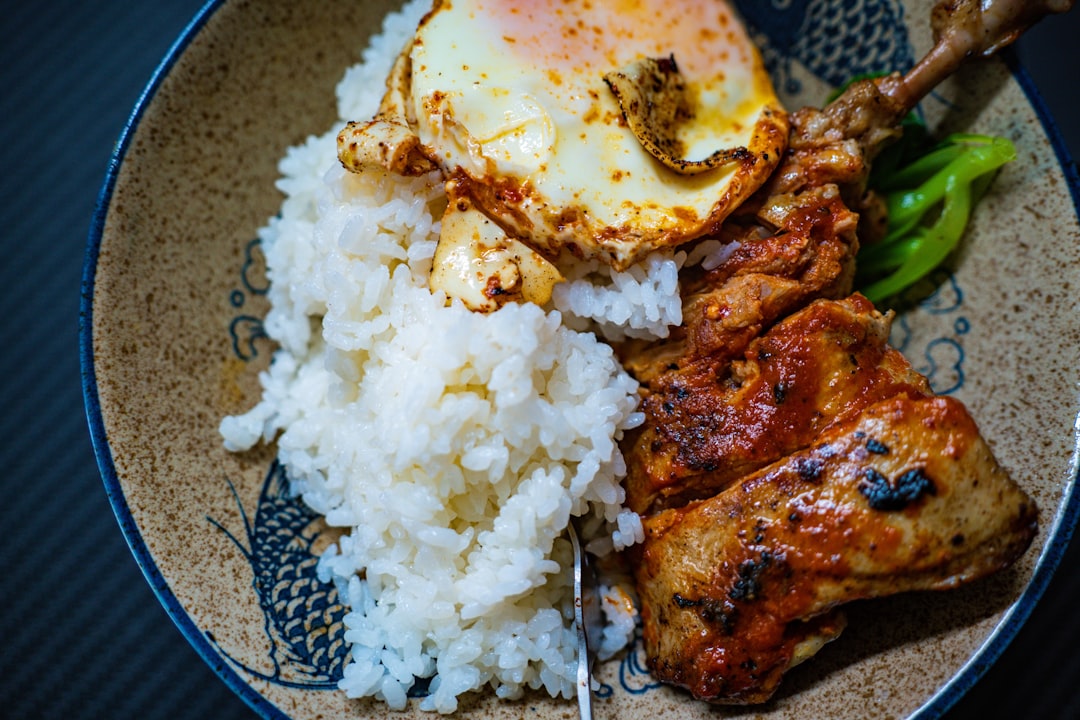Table of Contents
- Introduction
- Essential Ingredients for Oven-Fried Buttermilk Chicken
- Step-by-Step Preparation of the Chicken
- Marinating the Chicken in Buttermilk for Tenderness
- Coating the Chicken for Optimal Crispiness
- Baking Techniques for Oven-Fried Chicken Perfection
- Tips for Achieving the Perfect Flavor and Texture
- Serving Suggestions and Accompaniments
- Nutritional Benefits of Oven-Fried Buttermilk Chicken
- Conclusion
- Frequently Asked Questions
Introduction
Imagine biting into a piece of chicken that’s crispy on the outside, juicy on the inside, and doesn’t leave you with a heavy dose of guilt. Welcome to the world of oven-fried buttermilk chicken, the game-changer in home-cooked meals. 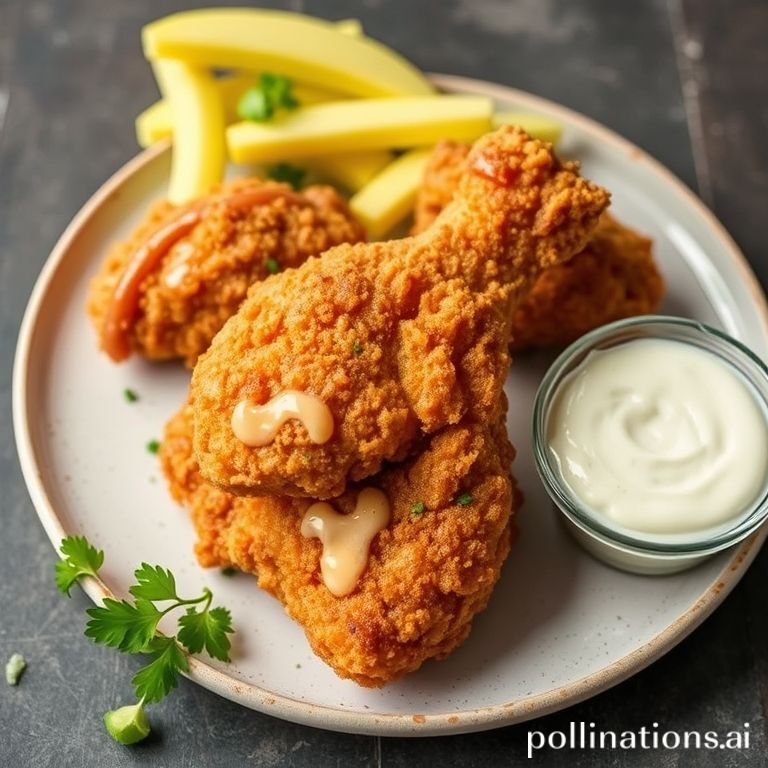
Ingredients:
- 1 cup buttermilk
- 1 teaspoon paprika
- 1 teaspoon garlic powder
- 1 teaspoon onion powder
- 1 teaspoon salt
- 1/2 teaspoon black pepper
- 1 cup whole wheat breadcrumbs
- 1/4 cup all-purpose flour
- 8 chicken drumsticks
- Olive oil spray
Whether you’re an experienced chef or just someone who wants to create kitchen magic, this chicken recipe is your ticket to culinary delight. The secret lies in a perfect blend of spices and an innovative cooking method that lets you indulge without the aftermath of greasy platters. Eager to transform your dinner table? Let’s dive into this delicious journey!
Essential Ingredients for Oven-Fried Buttermilk Chicken
The secret to making delicious oven-fried buttermilk chicken lies in using the right ingredients and preparation method. At the core of this recipe is the buttermilk marinade, which tenderizes the chicken and infuses it with a subtle tangy flavor. You’ll need about 1 to 2 cups of buttermilk, depending on the amount of chicken you’re cooking.
Salt and pepper are essential for seasoning, and you will also need garlic powder and paprika for added flavor. These spices not only enhance the taste but also give the chicken a beautiful golden color.
Another key ingredient is flour, which helps create a crispy exterior. For a lighter texture, you can mix equal parts all-purpose flour and cornstarch. Some cooks also add a sprinkle of cayenne pepper for a slight kick.
Finally, to keep the chicken pieces crispy while baking, it’s important to lightly coat them with oil. You can use cooking spray or brush the chicken with a small amount of melted butter or olive oil. This will ensure a crunchy texture without the need for deep frying.
With these ingredients on hand, you’ll be able to create a scrumptious oven-fried buttermilk chicken that is both flavorful and healthier than traditional fried chicken.
Step-by-Step Preparation of the Chicken
Preparing oven-fried buttermilk chicken begins with marinating the chicken to ensure it is juicy and flavorful. Start by placing the chicken pieces in a large bowl. Pour buttermilk over the chicken, ensuring that each piece is well-coated. Add a tablespoon of salt, a dash of pepper, and any preferred spices, such as paprika or cayenne pepper, for an added kick. Cover the bowl with plastic wrap and refrigerate for at least one hour or overnight for more intense flavor.
Once marinated, preheat your oven to 400°F (200°C). While the oven is heating, prepare a baking sheet by lining it with parchment paper. In a separate shallow dish, combine flour, breadcrumbs, and seasoning. Dredge each piece of chicken in the flour mixture, ensuring a thorough coating, and place it on the prepared baking sheet.
Before baking, lightly brush or spray a bit of oil over the chicken to enhance crispiness. Bake in the preheated oven for about 35 to 40 minutes, flipping the chicken halfway through to ensure even cooking. The result is a perfectly crispy oven-fried chicken with a tender, juicy interior.
Marinating the Chicken in Buttermilk for Tenderness
Marinating chicken in buttermilk is a technique highly valued for its ability to enhance tenderness and flavor. The acid present in buttermilk is key to breaking down the proteins in the chicken, resulting in a more tender texture when cooked. This process is akin to a gentle tenderizing effect, which overcomes the resistance of muscle fibers without compromising the meat’s structural integrity.
Besides the textural benefits, buttermilk also contributes a subtly tangy flavor that elevates the taste profile of the dish. It acts as an ideal base for incorporating additional spices and herbs, allowing flavors to deeply penetrate the chicken, ensuring that every bite is both juicy and flavorful.
To achieve optimal results, it is recommended that the chicken be soaked in the buttermilk marinade for a minimum of four hours, though letting it marinate overnight is preferable. This period allows sufficient time for the acid and flavorings to work their magic, culminating in oven-fried chicken that captivates the senses with its moistness and depth of flavor. Renowned for its practicality and efficacy, marinating chicken in buttermilk is a method cherished by home cooks and professional chefs alike.
Coating the Chicken for Optimal Crispiness
Achieving optimal crispiness when oven-frying buttermilk chicken hinges primarily on the coating process. This step is crucial in replicating the crunchiness of deep frying without the excess oil. Start by preparing a seasoned flour mix; commonly, this includes flour, salt, pepper, paprika, and garlic powder. The spice mix not only adds flavor but also aids in forming the crispy crust. After marinating the chicken in buttermilk, which tenderizes the meat and adds tanginess, ensure each piece is evenly coated in the flour mixture. To enhance the texture, consider adding cornstarch or baking powder to the flour mix. These ingredients create a lighter, airier crust. It’s essential to press the coating firmly onto the chicken to ensure it adheres well. Placing the coated chicken on a wire rack set over a baking sheet allows air to circulate around the pieces, ensuring even cooking and maximizing crispiness. For an extra crunch, double-dip the chicken by repeating the buttermilk and flour steps. Finally, lightly spray the chicken with oil before baking to promote browning. This meticulous process promises an oven-fried chicken that rivals its deep-fried counterpart in both flavor and texture.
Baking Techniques for Oven-Fried Chicken Perfection
Baking techniques play a crucial role in achieving the perfect oven-fried buttermilk chicken. One key step is to ensure that your chicken pieces are uniformly coated with a well-seasoned mixture of flour, cornmeal, or breadcrumbs. This not only adds flavor but also helps to develop that delightful crunch when baked.
Before placing your chicken in the oven, it’s important to ensure that your oven is preheated to the right temperature, ideally around 400°F (200°C). This high temperature is necessary to mimic the crispy exterior you’d achieve with traditional frying methods.
Arranging the chicken pieces on a wire rack set over a baking sheet is another essential technique. This setup allows hot air to circulate around the chicken, enabling an even, crispy crust all over without needing to flip the pieces. Spraying or brushing a light coat of oil over the chicken before baking can further enhance the crispiness.
While baking, resist the urge to open the oven door too frequently as this can affect the temperature and color of the chicken. Instead, rely on a food thermometer to check doneness. Aim for an internal temperature of 165°F (74°C) to ensure the chicken is fully cooked and juicy.
Tips for Achieving the Perfect Flavor and Texture
Achieving the perfect flavor and texture in oven-fried buttermilk chicken requires attention to detail and a few key tips. First, marinating the chicken in buttermilk overnight is crucial. This step not only tenderizes the meat but also infuses it with flavor. The acidity in the buttermilk helps break down the protein, ensuring a succulent and moist chicken.
Second, seasoning is essential. Besides salt and pepper, consider adding paprika, garlic powder, or cayenne pepper for an extra kick. A well-seasoned flour mix is also vital for a flavorful crust. Combine flour with your choice of herbs and spices to create a coating that complements the buttermilk marinade.
Another tip is to ensure the chicken is thoroughly coated. After dipping it in the seasoned flour, let it rest for a few minutes before baking. This rest period helps the coating adhere better, resulting in a crispier texture once baked.
Finally, use a wire rack to bake the chicken. Elevating it allows heat to circulate evenly, avoiding a soggy bottom and ensuring a golden-brown crust all around. These techniques combined will help you achieve a deliciously flavorful and perfectly textured oven-fried buttermilk chicken.
Serving Suggestions and Accompaniments
When serving oven-fried buttermilk chicken, consider pairing it with a variety of delicious sides to complete the meal. A fresh green salad with a tangy vinaigrette can provide a refreshing contrast to the savory and crispy chicken. Alternatively, serve it with classic coleslaw to add a crunchy texture and creamy flavor that complements the buttermilk marinade.
For a more hearty accompaniment, consider pairing the chicken with fluffy mashed potatoes or buttery corn on the cob. These sides not only add substance but also soak up any extra juices from the chicken, enhancing the overall flavor experience. If you prefer something with a bit of a kick, spicy roasted sweet potatoes can provide a sweet and spicy contrast that excites the palate.
In addition to sides, consider serving with a selection of dipping sauces. A classic ranch dressing, a honey mustard sauce, or a spicy Sriracha aioli can cater to a variety of taste preferences, giving guests the opportunity to customize their meal to their liking. Finish off the presentation with lemon wedges or fresh herbs to add a pop of color and freshness to the plate.
Nutritional Benefits of Oven-Fried Buttermilk Chicken
Oven-fried buttermilk chicken provides a flavorful and healthier alternative to traditional deep-fried chicken. By opting to bake rather than fry, you can significantly reduce the oil content, making the dish lower in calories and fat. Despite the reduction in fat, this method does not compromise on the deliciously crisp texture that fried chicken enthusiasts love, thanks to the use of a light coating of breadcrumbs or cornflakes.
Buttermilk, a key ingredient in this recipe, not only adds moisture and a tangy flavor but also tenderizes the chicken, making it juicy and succulent. Nutritionally, chicken is a rich source of high-quality protein, essential for muscle development and repair. It also contains vital nutrients such as vitamins B6 and B12, niacin, and phosphorus.
Another advantage of this cooking method is the customization of spices and herbs, allowing for additional nutritional benefits and flavor without extra calories. Spices such as paprika, garlic powder, and cayenne pepper can enhance metabolism and offer antioxidants. Altogether, oven-fried buttermilk chicken provides a balanced mix of taste and health benefits, making it a wonderful choice for those seeking a nutritious meal.
Conclusion
In conclusion, mastering the art of oven-fried buttermilk chicken not only delivers a meal that’s crispy, juicy, and guilt-free but also offers a healthier alternative to traditional frying methods. The secret lies in the careful marination, effective coating process, and strategic baking techniques that ensure every bite is flavorful and succulent. By tweaking the spices and accompanying dishes, this recipe can seamlessly adapt to different palates, making it a perfect staple for any home cook’s repertoire.
As you embark on this culinary journey, remember that the joy of cooking lies in experimentation and adjustment to suit your preference. If you’re eager to expand your culinary skills and explore an array of chicken recipes beyond oven-fried buttermilk chicken, consider diving into ‘The Chicken Bible: Say Goodbye to Boring Chicken with 500 Recipes for Easy Dinners, Braises, Wings, Stir-Fries, and So Much More.’ This comprehensive guide is perfect for both novice and seasoned cooks, providing endless inspiration and techniques to elevate your chicken dishes. Purchase your copy today and unlock the secrets to making extraordinary chicken meals that are crowd-pleasers every time!
